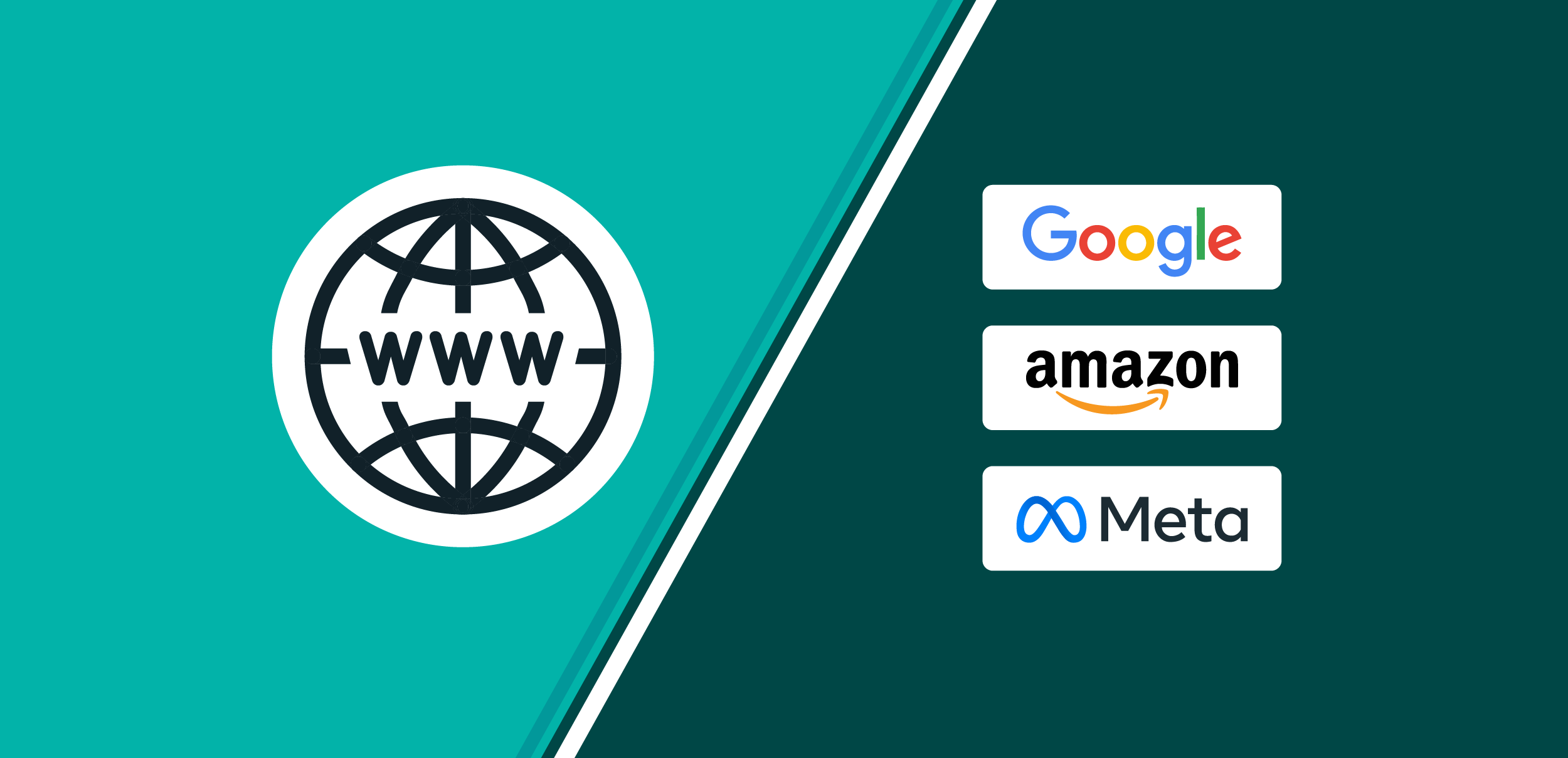The Open Internet and Direct Deals are Making a Quiet Comeback
By Asaf Shamly | October 8, 2024

Since 2021, open programmatic ad spending has barely grown by 3% while the walled gardens – think Google and Amazon – have surged ahead with 10% growth. This gap raises questions about the future of the open internet. But, against this data, there are signs this landscape may become more balanced.
A closer look at a natural evolution
The open internet and programmatic advertising relationship status has always been “complicated”. For a long time, the balance of power has tilted in favor of walled gardens. This isn’t surprising or sudden. It’s a natural consequence of market consolidation. However, there are indications of a change in trend.
Take for example Connected TV (CTV) advertising. It has emerged as a powerful force, combining the reach of traditional media with the precision of digital targeting. This has opened up new opportunities for the open internet to compete. Companies like The Trade Desk are leading the change, demonstrating the potential for the open internet to regain ground.
Shifting back to direct deals?
Now here’s the interesting part – we’re seeing more publishers and brands moving back to direct deals. Why? Programmatic, while great for scale, often leaves publishers with less profit because of all of the middlemen involved. Brands, especially the big ones, are moving back to direct deals also because they love the transparency of knowing exactly what they’re buying and from whom. Big publishers are increasingly recognizing this shift and seizing that opportunity to take back control of their ad inventory.
The fall of MFA publishers
The decline of Made for Advertising (MFA) publishers has also contributed to this shift towards direct deals. These publishers often rely on arbitrage, acquiring users without offering substantial value. As brands and agencies became aware of the inefficiencies associated with MFA publishers, they began to allocate their budgets elsewhere.
This realization has only pushed big brands further towards direct deals.
After all, why gamble with MFA publishers when you can strike a deal directly with a trusted, high-quality publisher? It’s a much more straightforward and effective strategy for everyone involved.
What’s next?
The ongoing Google antitrust trial could have a significant impact on the future of adtech. A potential breakup of Google’s ad business could create a more level playing field for smaller supply-side platforms (SSPs) and demand-side platforms (DSPs), as well as potentially driving more publishers toward direct deals. This would further empower the open internet by giving publishers greater control over their ad inventory and reducing the dominance of the walled gardens.
Latest Articles
-

Visibility Multiplies – But Only If You Measure What Matters
Visibility doesn’t guarantee impact. New research reveals that mentions (not backlinks) drive visibility in AI search, and the same principle applies to media performance. When advertisers focus on attention and context, visibility doesn’t just show up—it multiplies.
View Now -

You Get What You Surface: How GPT-5 Exposed the Quiet Power of Defaults
The GPT-5 rollout quietly exposed how much defaults shape trust, perception, and engagement. When technology changes without context, even progress can feel like loss. In AI and advertising alike, it’s a reminder that the way we present intelligence — not just how we build it — determines what people understand, value, and believe.
View Now -

What Sales Got Right About Competitive Intelligence – and Why It’s Time for Advertisers to Catch Up
In sales, competitive intelligence became second nature — the reason teams know why deals were won or lost. Advertisers, on the other hand, are still optimizing in the dark. It’s time to bring the same discipline to marketing, and finally see beyond surface-level metrics.
View Now
